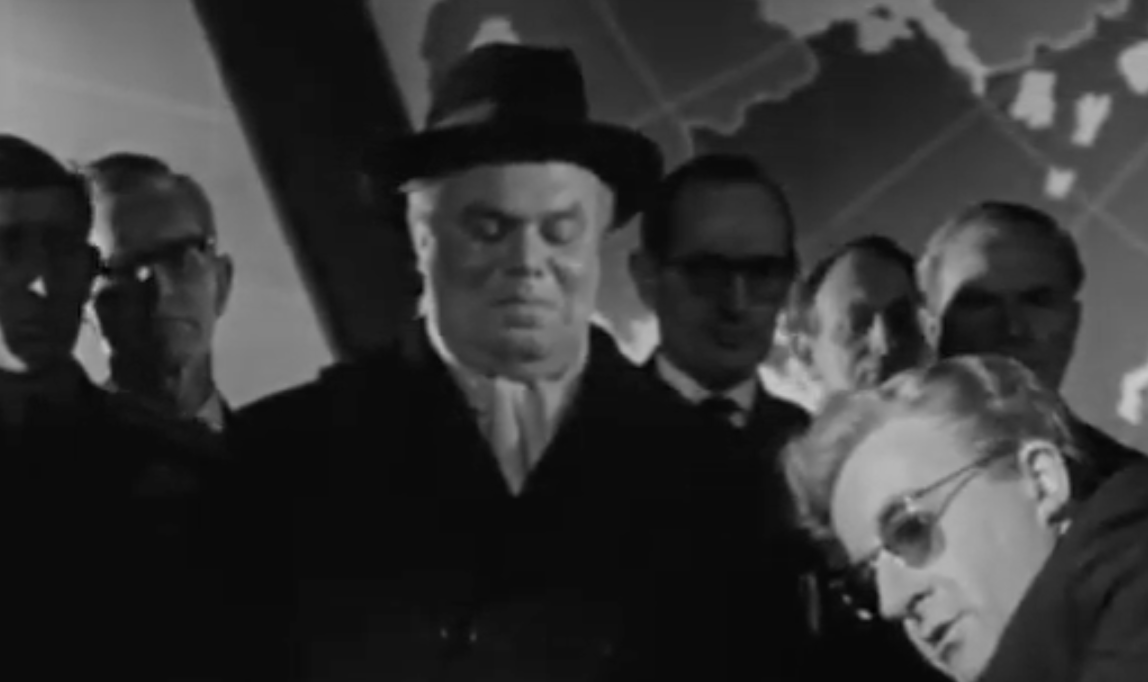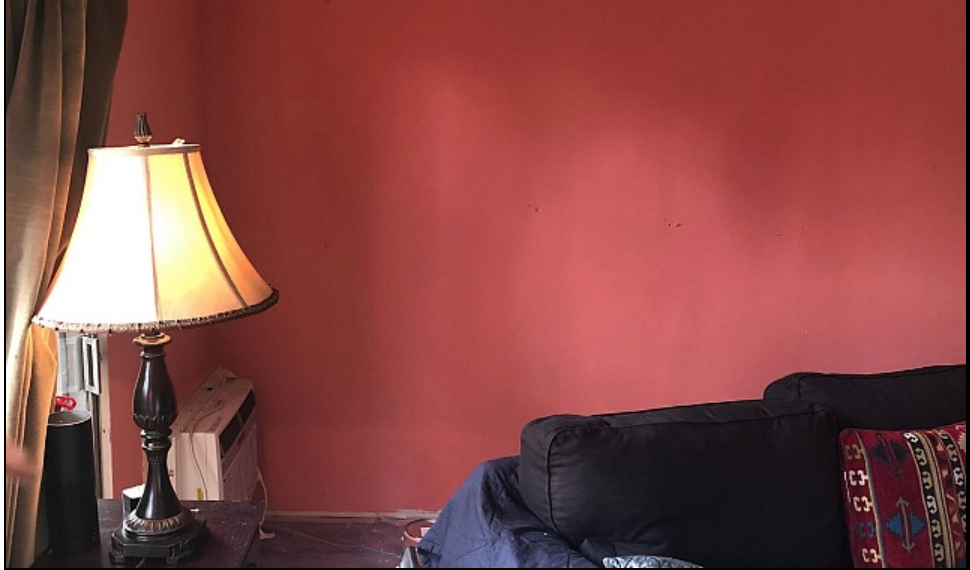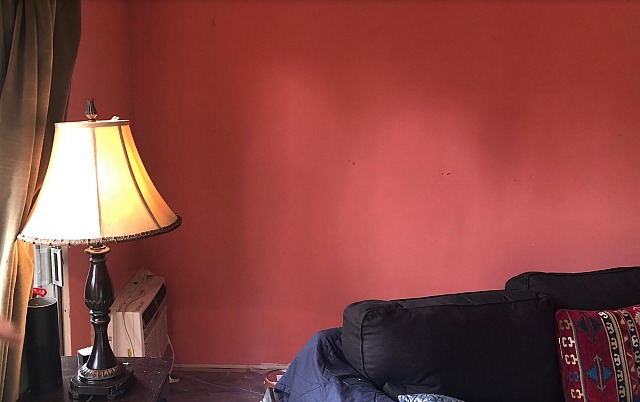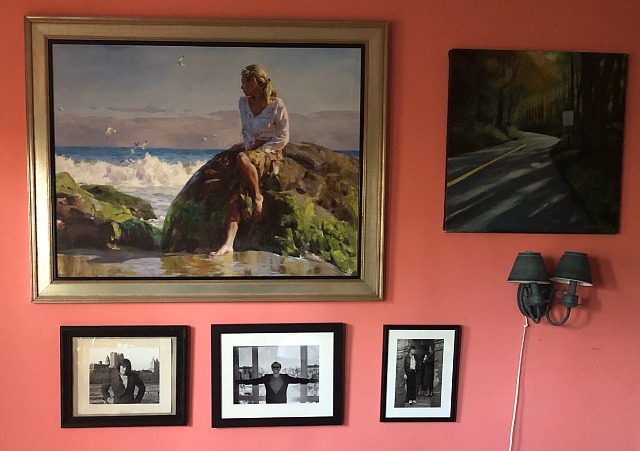18 days ago (i.e., before the coronavirus had even begun to destroy American life as we know it) I posted a piece about Stephen Farber and Michael McClellan‘s “Cinema ’62: The Greatest Year at the Movies” (Rutgers University Press). It was titled “1962 Was The Year.”
Today Deadline‘s Pete Hammond posted a piece about same, titled “From Lawrence Of Arabia And To Kill A Mockingbird To The Debut Of James Bond, Was 1962 The Greatest Movie Year EVER? A New Book Says Yes.”
The paragraph that grabbed me was a suggestion that not only was ’62 a great year but also the last great annum for black and white films.
For mainstream monochrome features began to fade soon after. Fewer and fewer appeared in ’63, ’64 and ’65, which is precisely when color TVs were beginning to become more and more common in middle-class households. 1966 was the last year that the Academy awarded an Oscar for Best Cinematography, Black and White. The nominees were Who’s Afraid of Virginia Woolf?, The Fortune Cookie, Georgy Girl, Is Paris Burning? and Seconds.
Hammond: “[The authors] point out that so many of 1962’s best were in black and white (anathema for millennials today), and in fact only two of the ten lead acting Oscar nominees were in color. Thus it might be the last hurrah of black and white, followed by its ultimate decline before a little more than half the decade was out.”
Here’s my rundown of 40 exceptional 1962 black-and-white films: John Ford‘s The Man Who Shot Liberty Valance, Robert Aldrich‘s Whatever Happened to Baby Jane?, Bryan Forbes‘ The L-Shaped Room, Francois Truffaut‘s Shoot The Piano Player, Francois Truffaut‘s Jules and Jim, Agnes Varda‘s Cleo From 5 to 7, Luis Bunuel‘s The Exterminating Angel; Peter Ustinov‘s Billy Budd; J. Lee Thompson‘s Cape Fear; Frank Perry‘s David and Lisa. (10)
John Frankenheimer‘s Birdman of Alcatraz, The Manchurian Candidate and All Fall Down, the Blake Edwards‘ duo of Experiment in Terror and Days of Wine and Roses, Frank Perry‘s David and Lisa, Pietro Germi‘s Divorce, Italian Style; Stanley Kubrick‘s Lolita, the great Kirk Douglas western Lonely are the Brave, John Schlesinger‘s A Kind of Loving. (10)
Robert Mulligan‘s To Kill a Mockingbird, the internationally-directed The Longest Day, Arthur Penn‘s The Miracle Worker, Roman Polanski‘s Knife in the Water (released in the U.S. in ’63), Alain Resnais‘ Last Year at Marienbad, Michelangelo Antonioni‘s L’eclisse, Sidney Lumet‘s version of Eugene O’Neil’s Long Day’s Journey into Night, Otto Preminger‘s Advise and Consent; Jules Dassin‘s Phaedra, Don Siegel‘s Hell Is For Heroes. (10)
Tony Richardson‘s The Loneliness of the Long–Distance Runner; Ralph Nelson and Rod Serling‘s Requiem for a Heavyweight; Serge Bourguignon‘s Sundays and Cybele (a.k.a., Les dimanches de ville d’Avray); Orson Welles‘ The Trial; Denis Sanders‘ War Hunt (which costarred Robert Redford and Sydney Pollack); Philip Leacock‘s The War Lover; Masaki Kobayashi‘s Harikiri; Andre Takovsky’s Ivan’s Childhood; Robert Wise‘s Two for the Seesaw; Herk Harvey‘s Carnival of Souls. (10)





